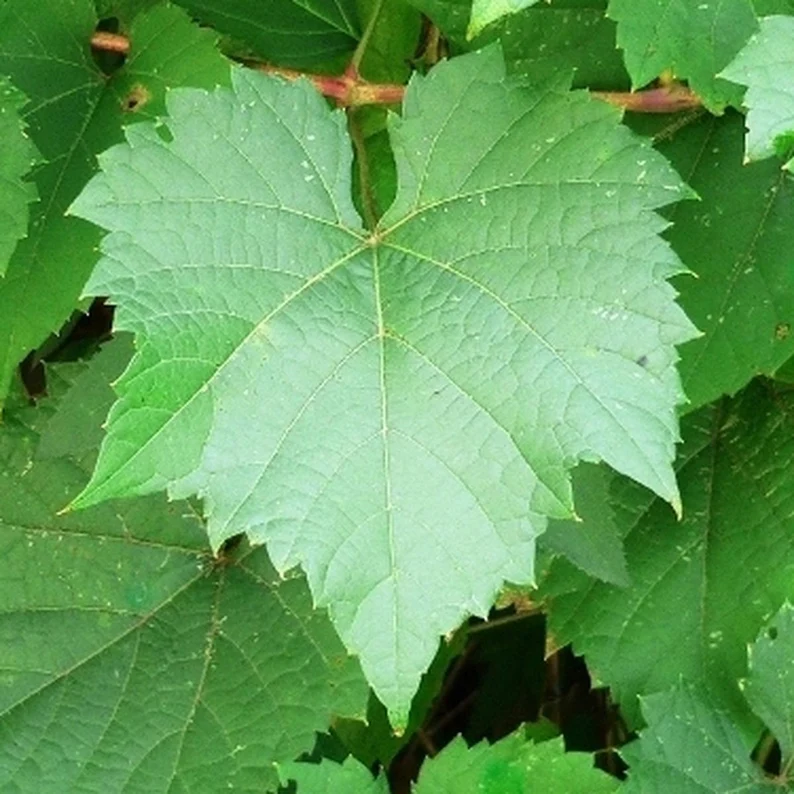The definition of regenerative agricultural practices is evolving. In the beginning, my definition was simple: engage in agricultural practices that work to maximize carbon sequestration in your soils and do it in a manner that minimizes your carbon footprint. Recently, I read a definition of regenerative agriculture as a “toolkit of principles/practices to restore and preserve biodiversity and soil health by creating a functional ecosystem that reduces external inputs while producing nourishing farm products.” This definition begins to consider how carbon is cycling through the system, emphasizing supporting microbial activity and nutrient cycling. All good in my thinking, but how do we get there?
There are considerable discussions about how to get there, with practices like cover cropping, no till, and composting. Again, these are all good and well-known practices, but they leave out the most important part of the equation – the plant itself. How do we get our crops to grow and perform better? Of course, our soil biome and its diversity are important for improving plant health, but can we get the plants to do more?
Photosynthesis is one of the most studied of all plant processes. Researchers have found that our most productive crops are only achieving about one-fifth of the potential efficiency of that process, according to Steven Long, renowned professor of Plant Biology and Crop Sciences at the University of Illinois.
Most life on Earth depends on photosynthesis. During photosynthesis, plants take in carbon dioxide (CO2) and water (H2O) from the air and soil. Using the energy of sunlight, the plant converts carbon dioxide and water into glucose (C6H12O6) and oxygen (O2). This also stores some of the sun’s energy as chemical energy in the glucose. The plant then releases the excess oxygen back into the air.
Glucose, with its stored energy, is food for the plant and for the soil microbes. The plant will sacrifice a portion of its energy to exudate glucose from its roots to nourish the beneficial microbes that help the plant take up nutrients from the soil. But for the plant to have more spare food or energy to exudate into the soil biome, it must be producing more energy via an increase in photosynthesis, the plant engine, that in turn, increases its metabolism. The more productive the plant, the more the plant can exudate part of its energy source to the soil and the more microbes that bloom and die. Dead microbes, also known as necro mass, can make up as much as 50% of the carbon in soil and are one of the largest reservoirs of organic carbon on Earth. Helping to increase the metabolism of the plant can enable it to contribute more to the regenerative process.
Andaman Ag has several recommendations in this area, and for now, I’ll address a few. There is something called segmentation in plant leaves and roots. Unlike in humans — where when we consume something, it circulates throughout our bodies — plants have trouble moving glucose or nutrients from one side of the leaf to the other, and it’s the same situation for the root mass. We sell a product called Coriphol that helps the plant condense segmentation and augment the movement of nutrients across the leaf and root. Coriphol expands the solar panel of the leaf helping to transfer nutrients through the plant and root system. Another product we promote, and sell is CropBioLife, a 100% natural bioflavonoid-based foliar spray. The bioflavonoids in CropBioLife stimulate the plant’s metabolic processes, increasing the production of phenolic compounds that play a crucial role in plant health and soil interactions, increasing the nutrient uptake of your plants or crops. Finally, some types of bacteria like cyanobacteria capture energy from sunlight, producing oxygen and glucose that the plant can use to supplement its metabolic efforts. Our cyanobacteria product is called Sequester.





